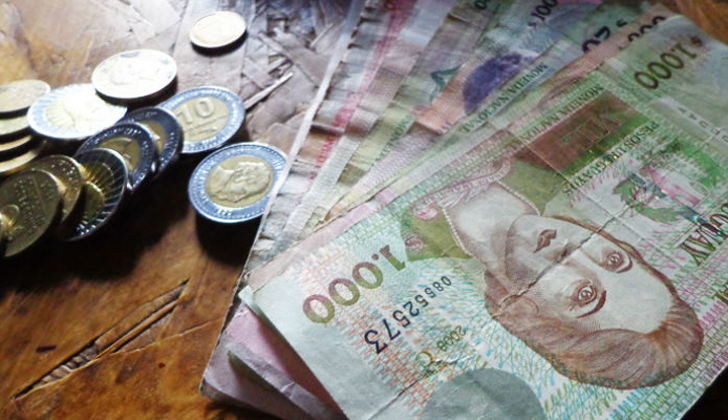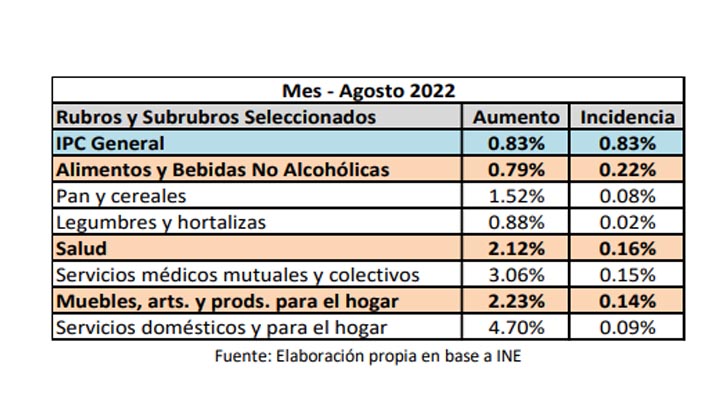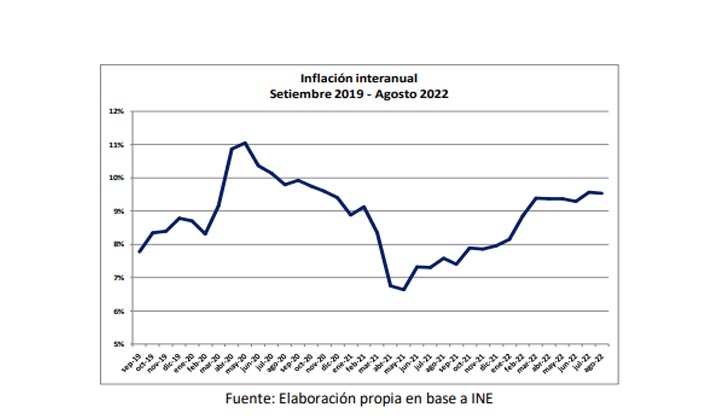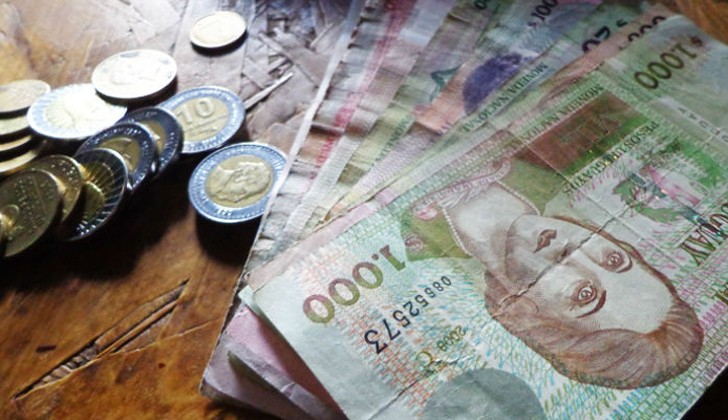
In the last few hours, the monthly report on inflation was released, corresponding to August 2022, which was prepared by the Cuesta Duarte Institute of the PIT-CNT.
According to the report, which is based on official data from the National Institute of Statistics (INE), the growth of consumer prices in the last 12 months to August stood at 9.53%, “being the sixth consecutive month with a inflation above 9%”.
“This is a high percentage of price growth, both for the government’s own objectives and in comparison with the rate of increase in labor income,” Cuesta Duarte points out.
In this sense, the Institute warns that “if there is no significant drop in inflation towards the end of the year, the beginning of salary recovery will be postponed again, while the loss of purchasing power of workers continues to accumulate. ”.
Report
Here is the full text of the study by the Cuesta Duarte Institute.
“Monthly Inflation Bulletin. August 2022.
The growth of consumer prices in the last 12 months to August stood at 9.53%, being the sixth consecutive month with inflation above 9%. This is a high rate of price growth, both for the government’s own goals and compared to the pace of labor income growth.
If there is no significant drop in inflation towards the end of the year, the start of salary recovery will be postponed again, while the loss of purchasing power of workers continues to accumulate.
monthly data
On Monday, September 5, the National Institute of Statistics (INE) published the inflation data corresponding to the month of August 2022. According to this official data, the Consumer Price Index (CPI) registered an increase of 0. 83% in August, in relation to the previous month. This percentage was above our estimate for the month (0.7%) and also above the median of private analysts’ inflation projections, collected in the Central Bank’s expectations survey (0.64%). .
When analyzing the monthly data by large items of the consumer basket, we can see that ‘Food and Non-Alcoholic Beverages’ explains slightly more than a quarter of the month’s inflation (0.22 percentage points). Within this item, the increase in ‘breads and cereals’ stands out, both due to the percentage of monthly increase and its incidence.
In addition, both the ‘Health’ category and ‘Furniture, articles and products for the home’ had a significant impact on the monthly price rise (0.16 and 0.14 percentage points, respectively). The rest of the price increase in August was distributed among the other items that make up the consumer basket.
On the other hand, the item ‘Transportation’ has reduced its direct impact on inflation in the last two months since fuel prices have not been adjusted in this period. However, it is possible that the increases recorded in the prices of diesel and gasoline that occurred until the middle of this year are still causing upward impacts on other items in the consumer basket.

recent track record
The increase in consumer prices in the last 12 months (also called the interannual variation of the CPI or annualized inflation) stood at 9.53% according to the information collected and published by the INE.
In the last six months, the variation of the interannual CPI was located in a range of 9.2% to 9.6%, which reflects a persistence of high inflationary levels in the country. The current level of inflation is high, both for the objectives set by the government itself in terms of price growth and in comparison to the pace of evolution of wages and labor income in general.
Additionally, it should be noted that in the last 12 months, food prices have been increasing above the general price level, with a variation percentage of around 12% year-on-year. This data is particularly relevant because the lowest-income households allocate a greater part of their budget to food consumption, with which the acceleration of the increase in the prices of these products harms them to a greater extent.

Outlook for the end of 2022
Inflation in the accumulated eight months of the year reached 7.74% and stands at 9.53% in annualized terms. Even being optimistic and assuming that inflation can moderate in the remainder of the year, with just four months left until the end of 2022, and it is difficult to assume that price growth will be below 8.5% at the end of the year, being more likely to close around 9%.
The Average Salary Index (IMS), for its part, has accumulated a variation of 8.32% in the first seven months of this year and 9.53% in the last 12 months. Five months of the year remain for the annual closure of this indicator, where it is not expected that there will be a significant variation in this index, given that salary adjustments are strongly concentrated in January and July.
Based on the foregoing, we can affirm that if there is no reduction in inflation in the last part of the year or if there is a drop in it, but it is of a small magnitude, we will close the year with a “tie” between the average wage and inflation, or a difference of a few tenths between one variable and another. This implies a new year without growth in the purchasing power of wages.
It should be noted that we are coming from two consecutive years of salary deterioration, a period in which the average real salary has fallen by around 4% compared to its level in 2019. As long as the recovery does not begin, the loss of purchasing power of workers will keep accumulating.”


















